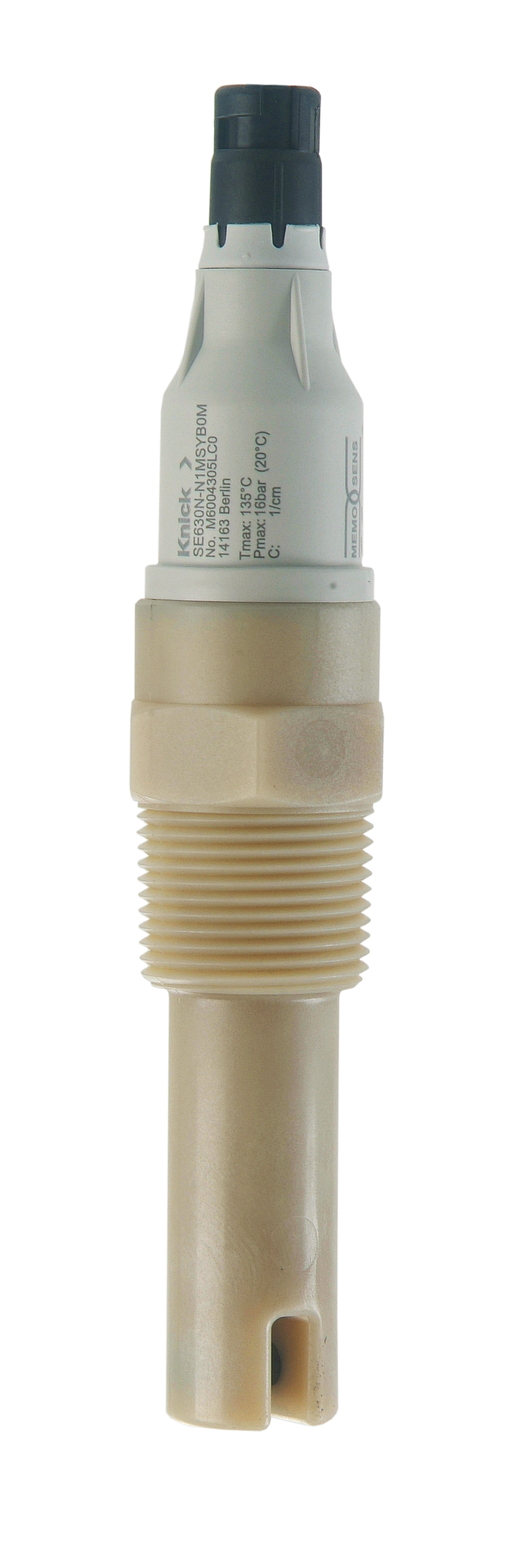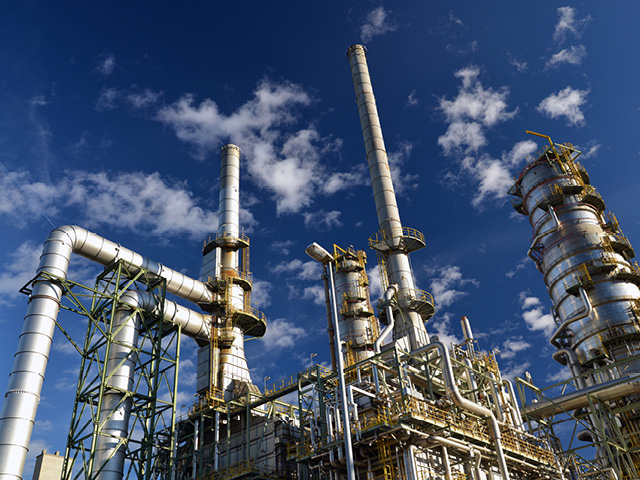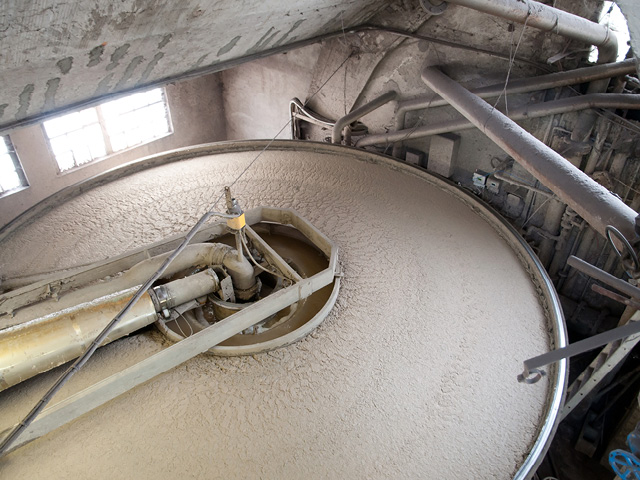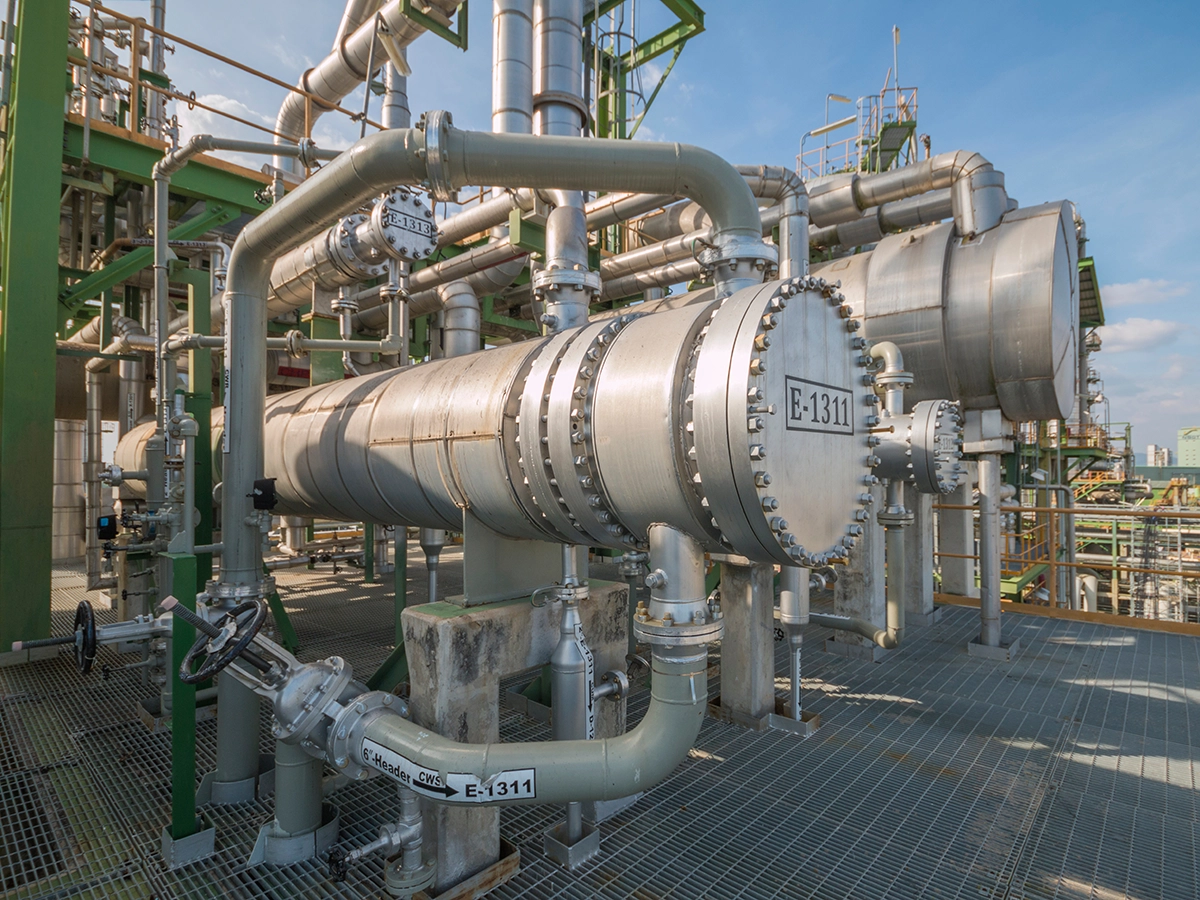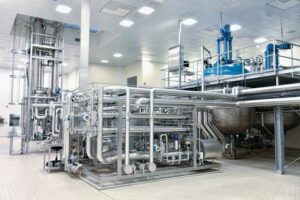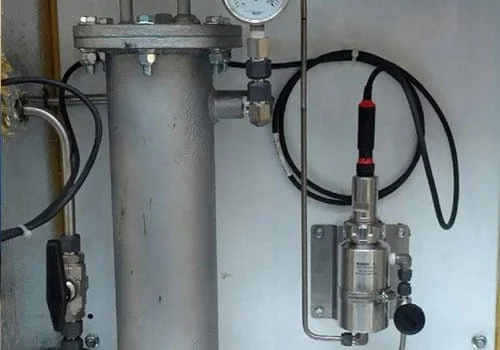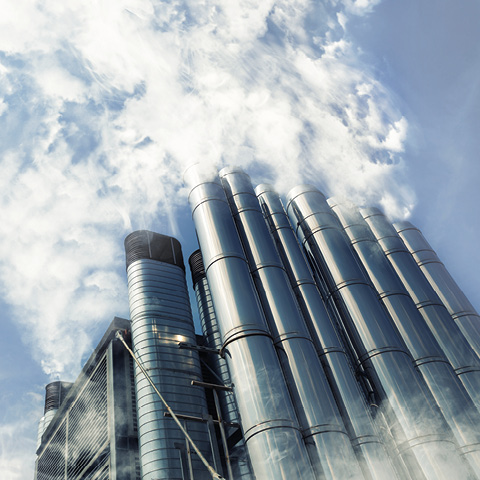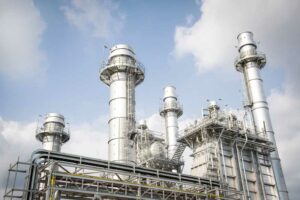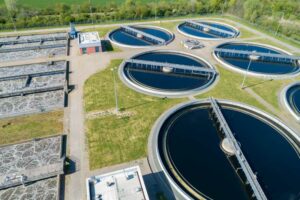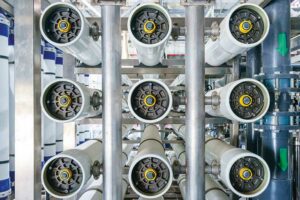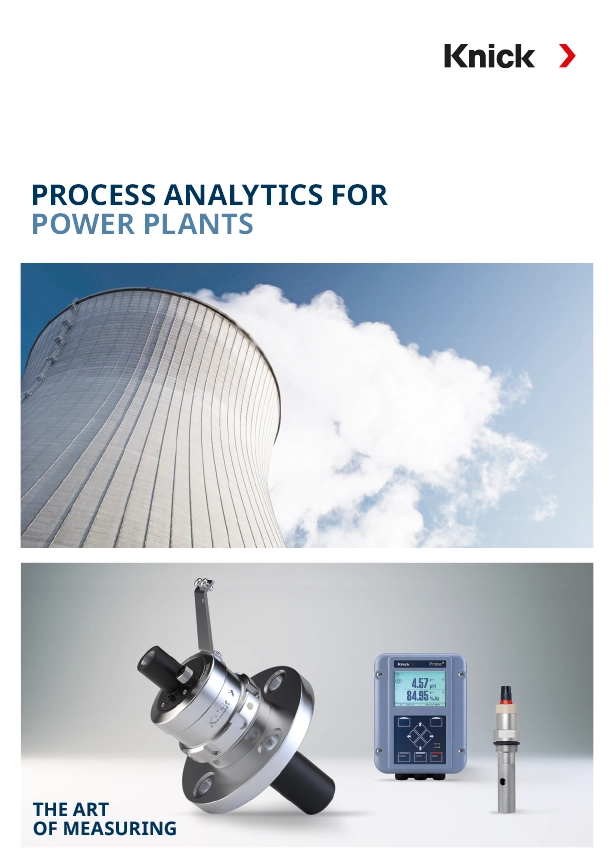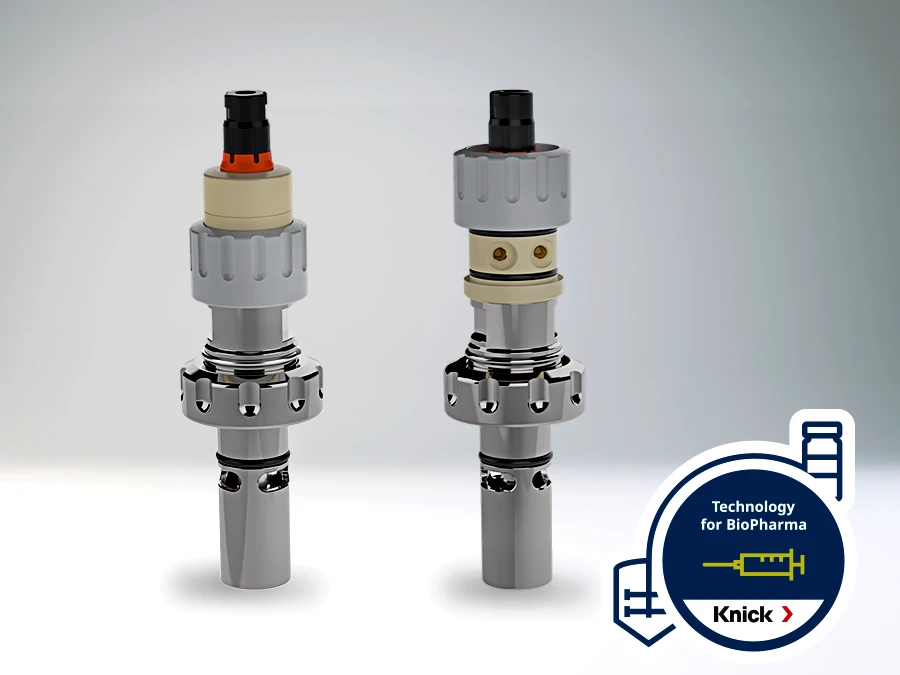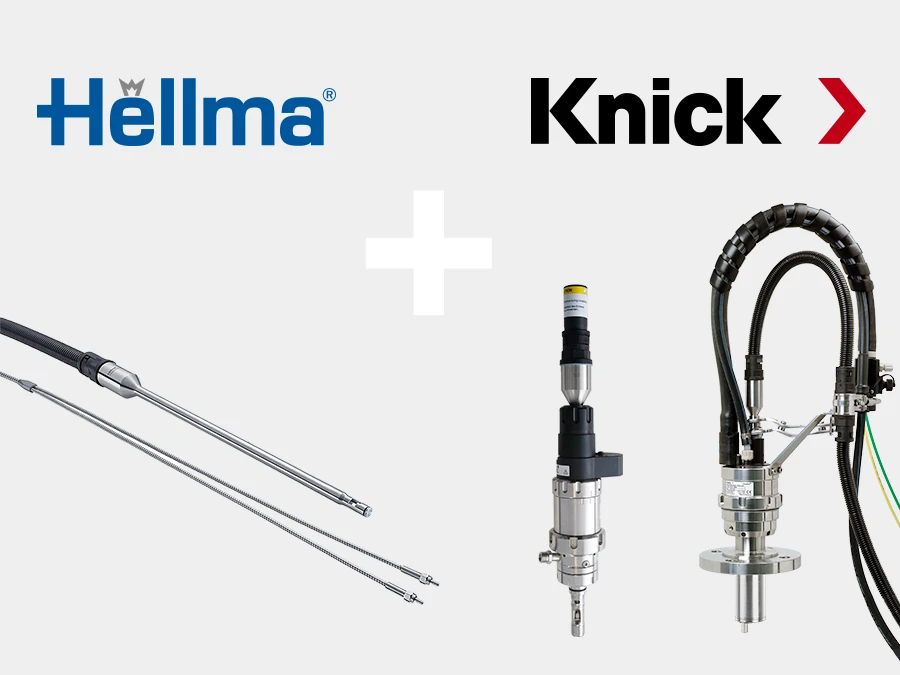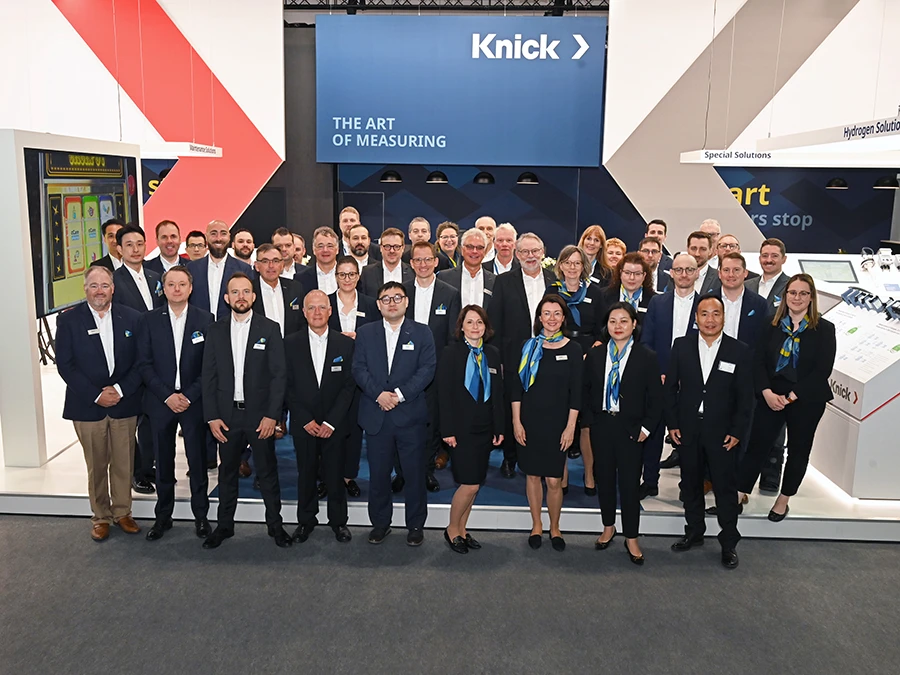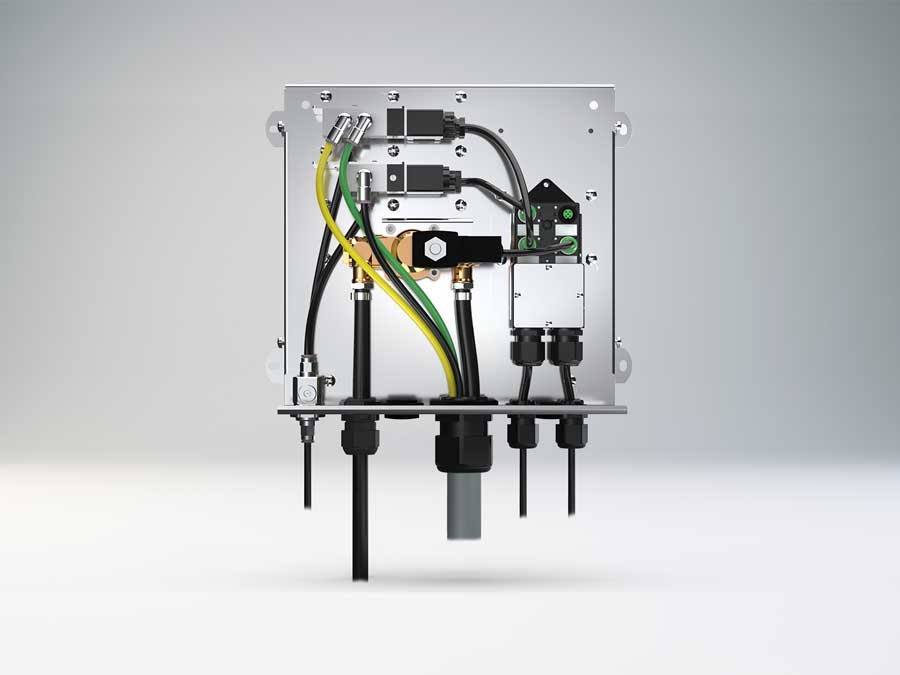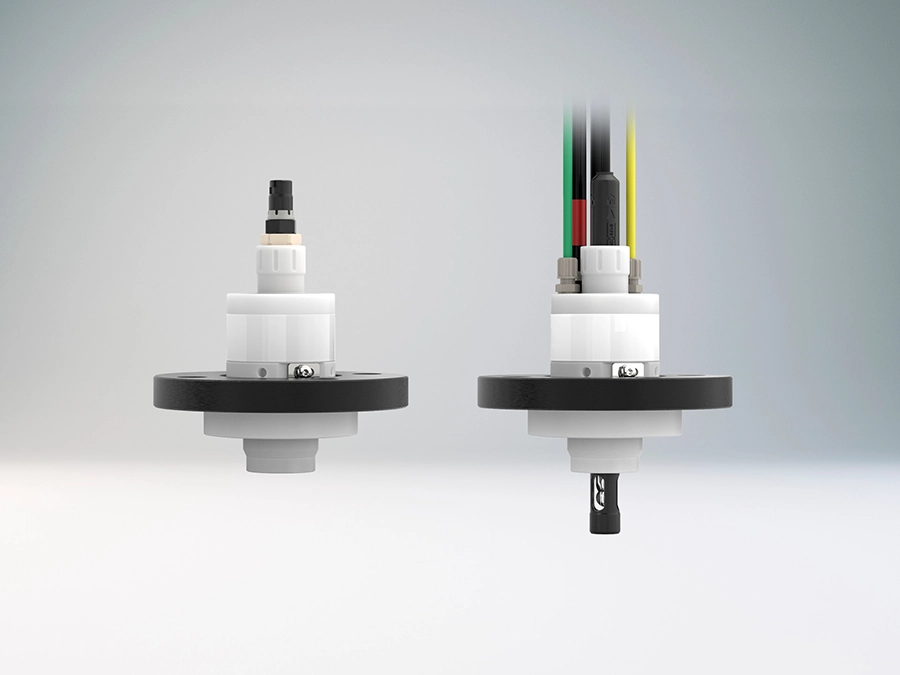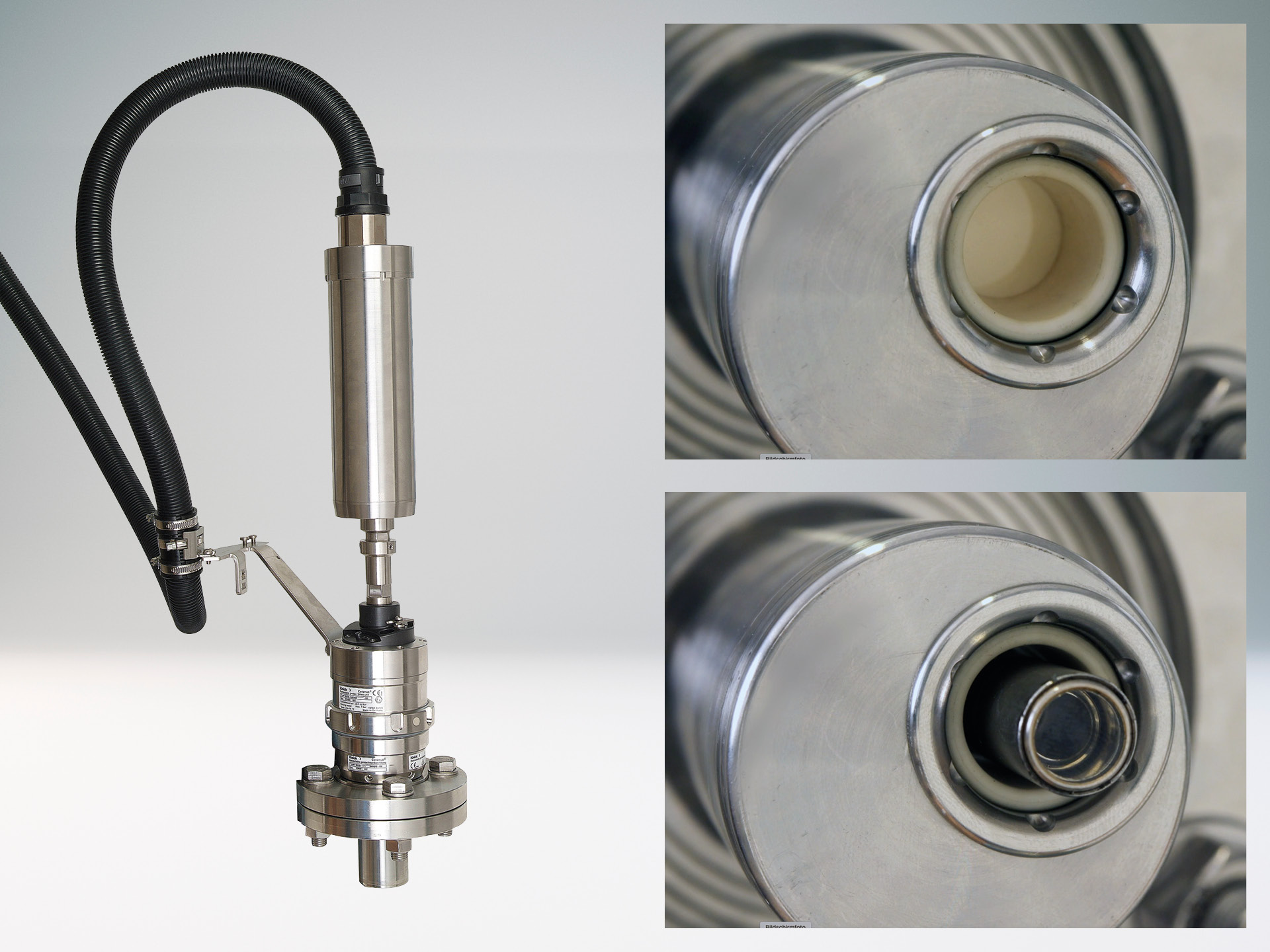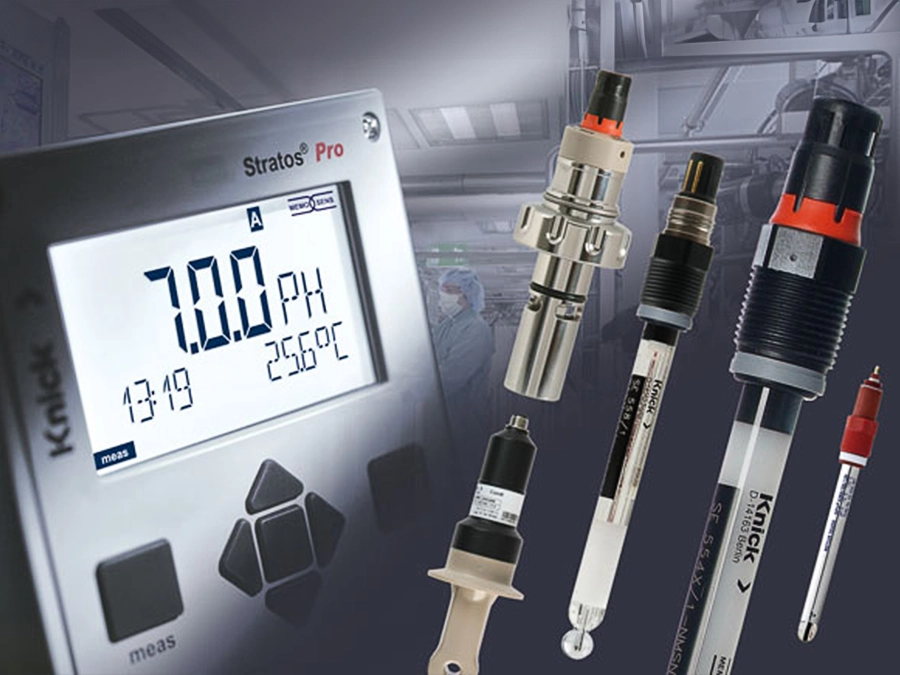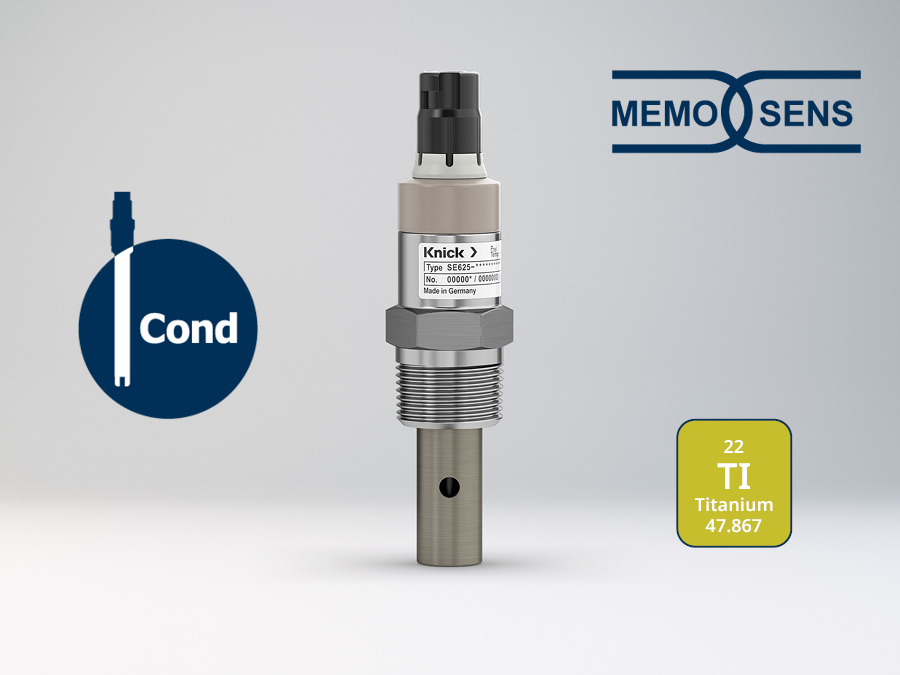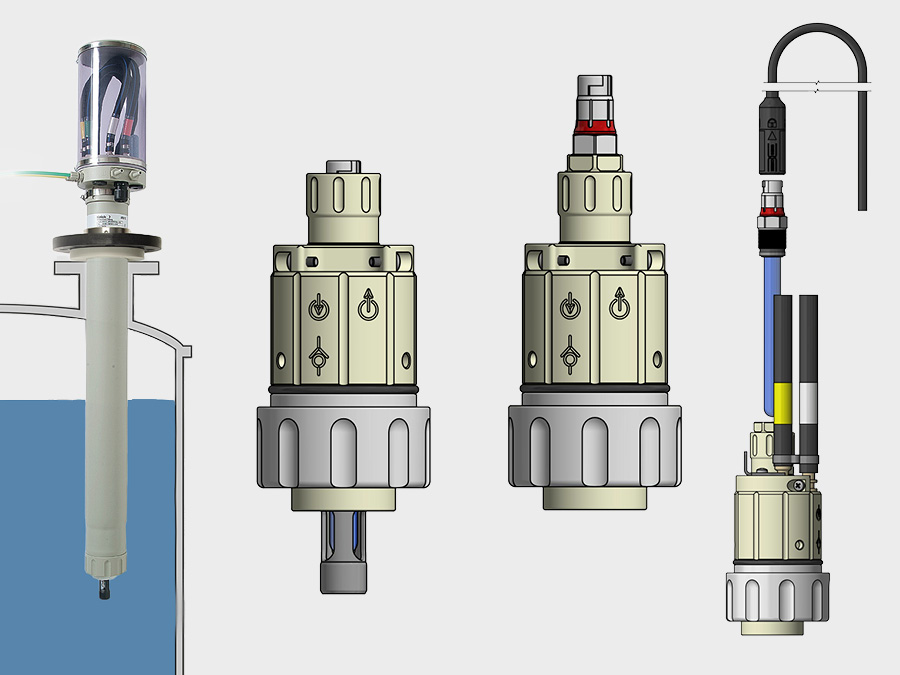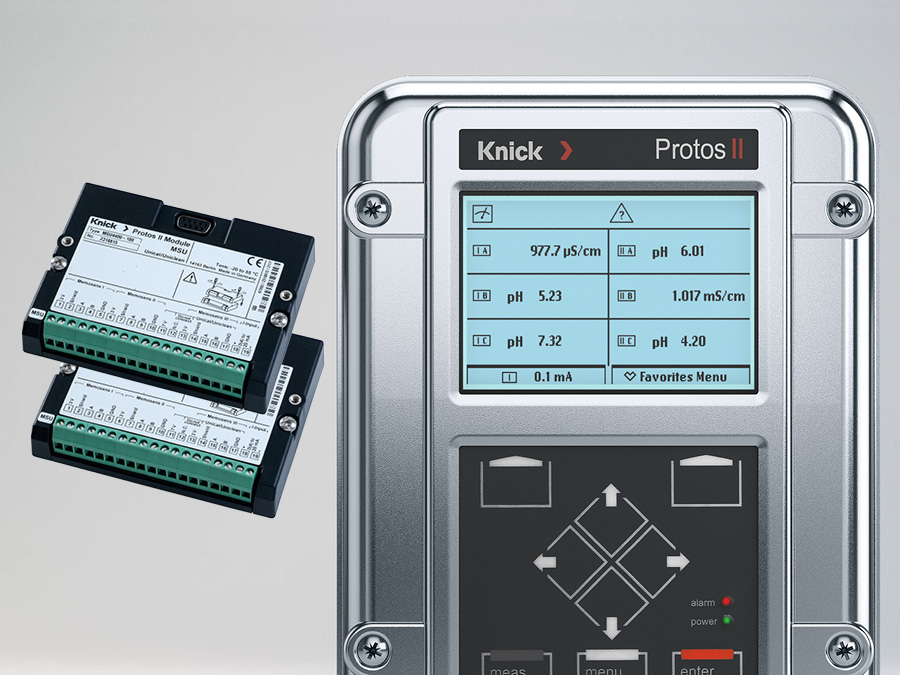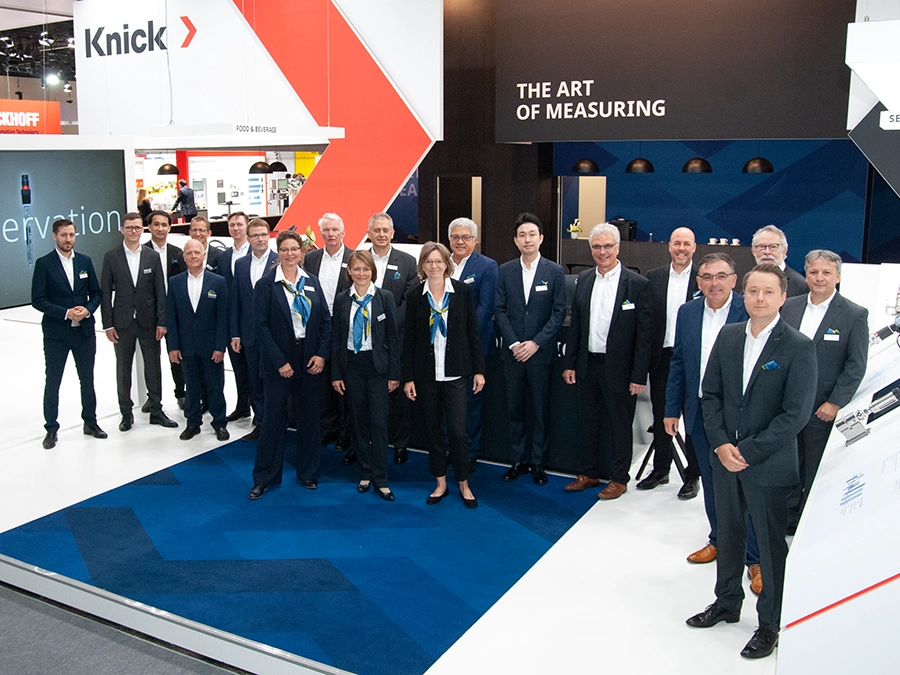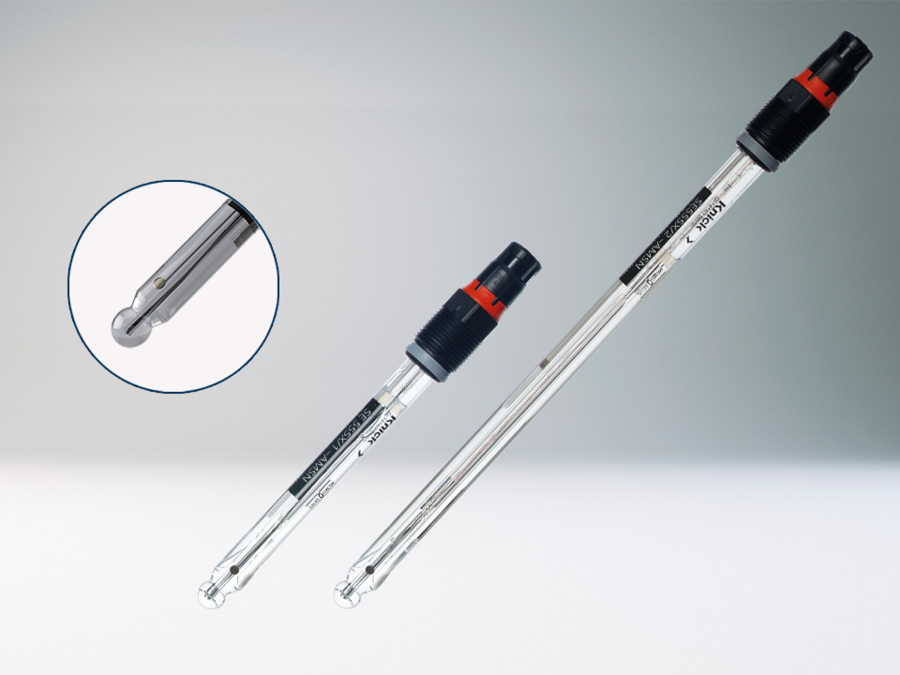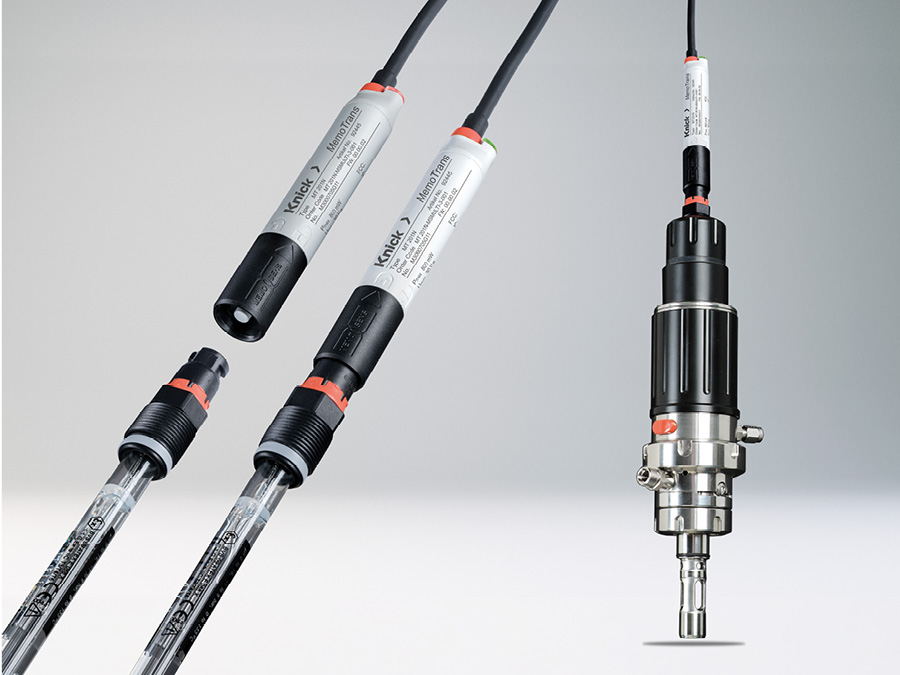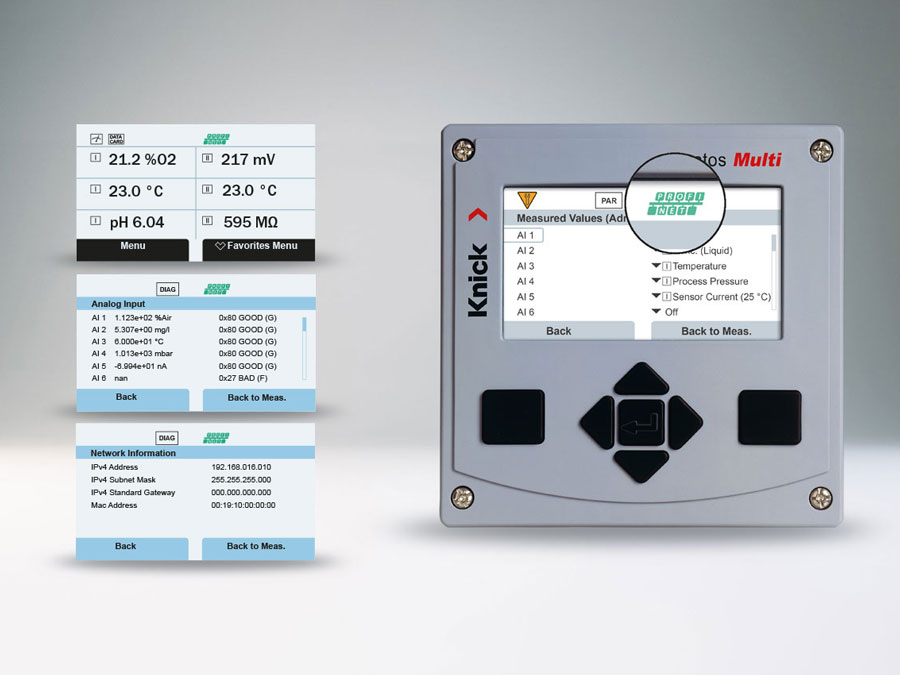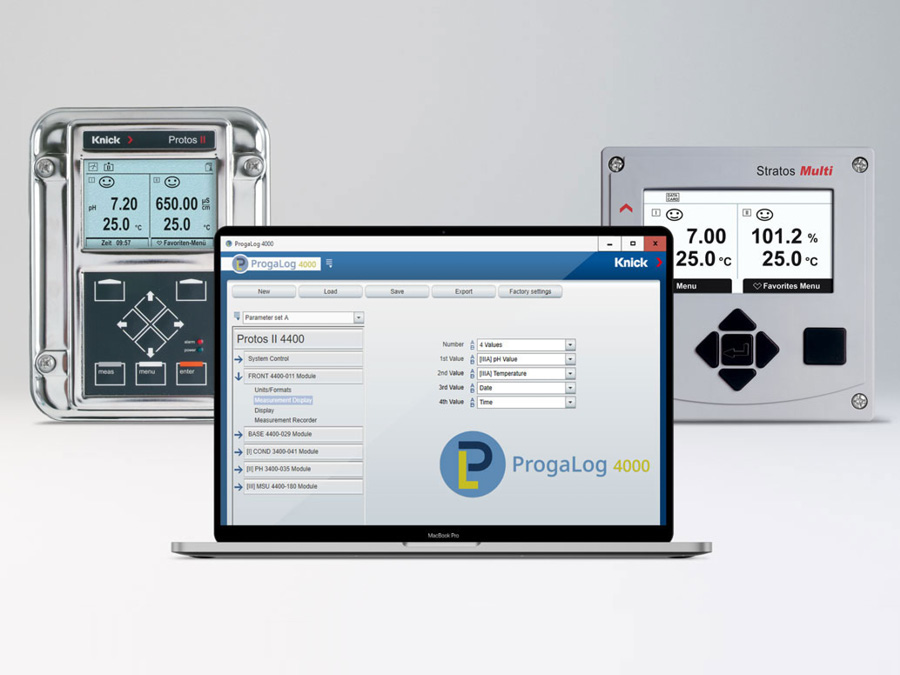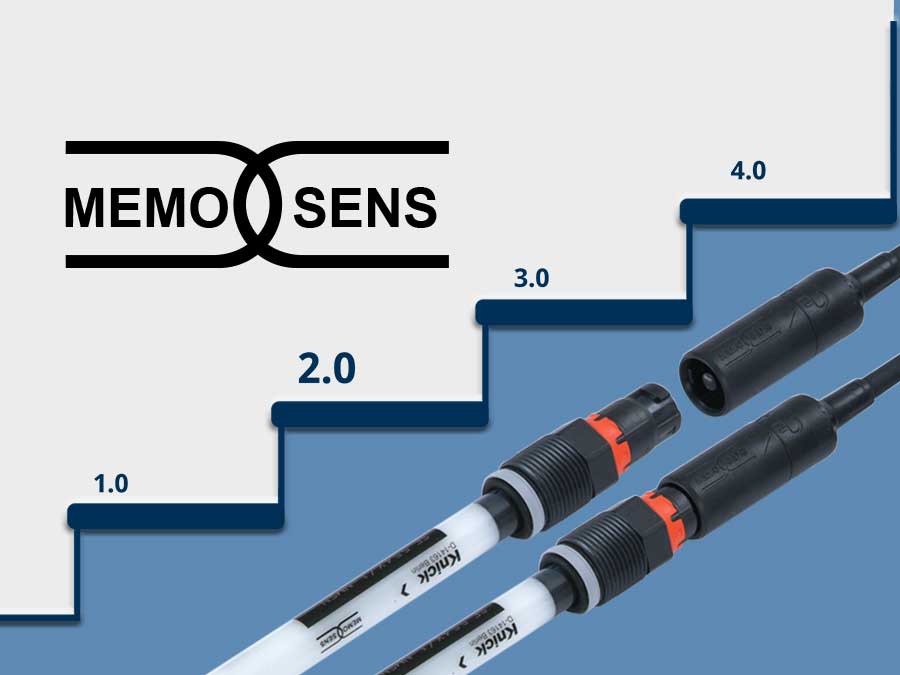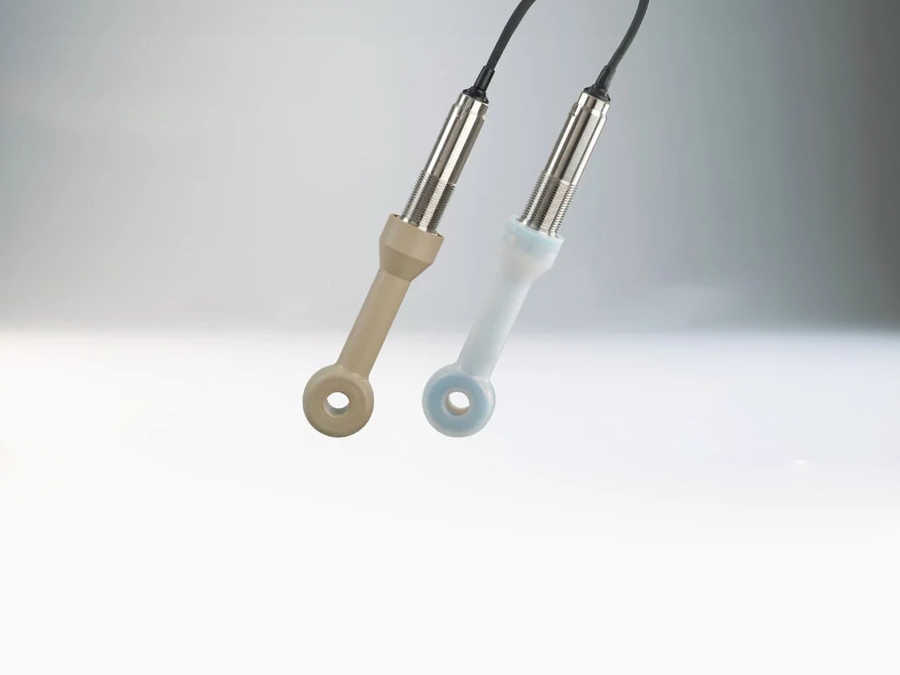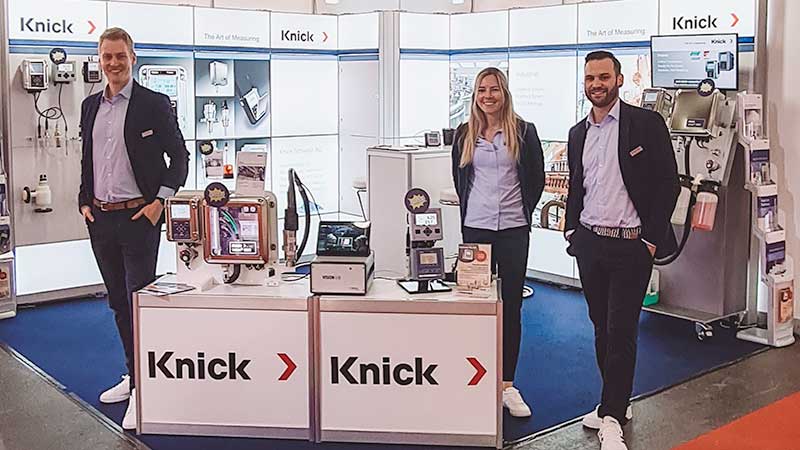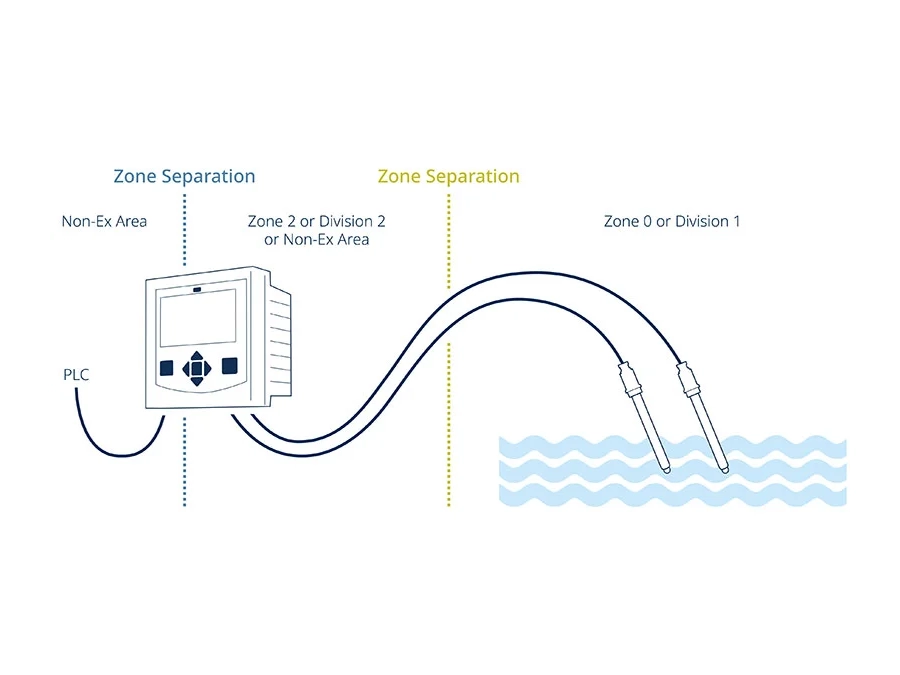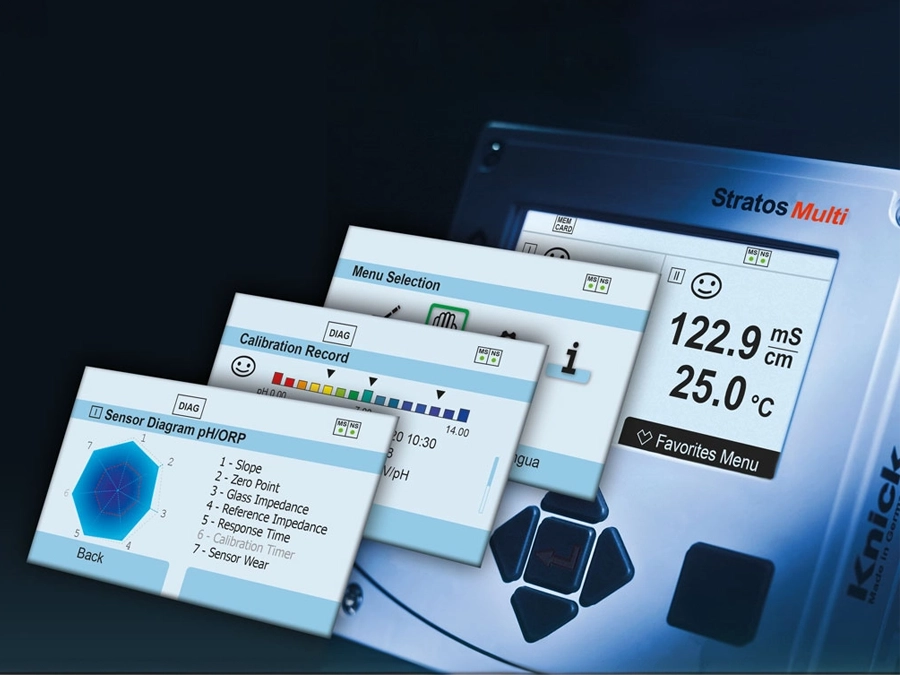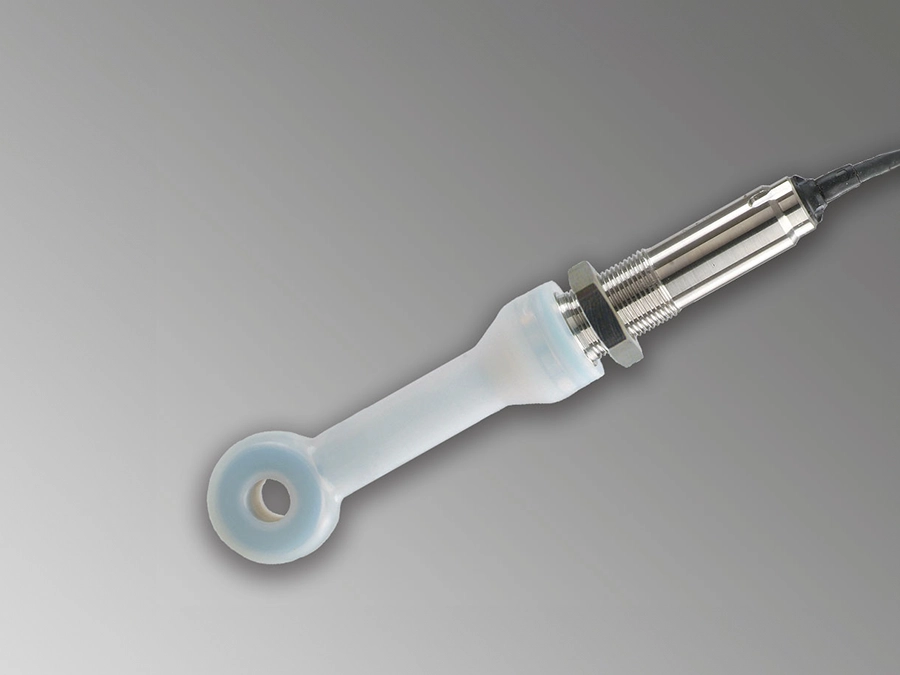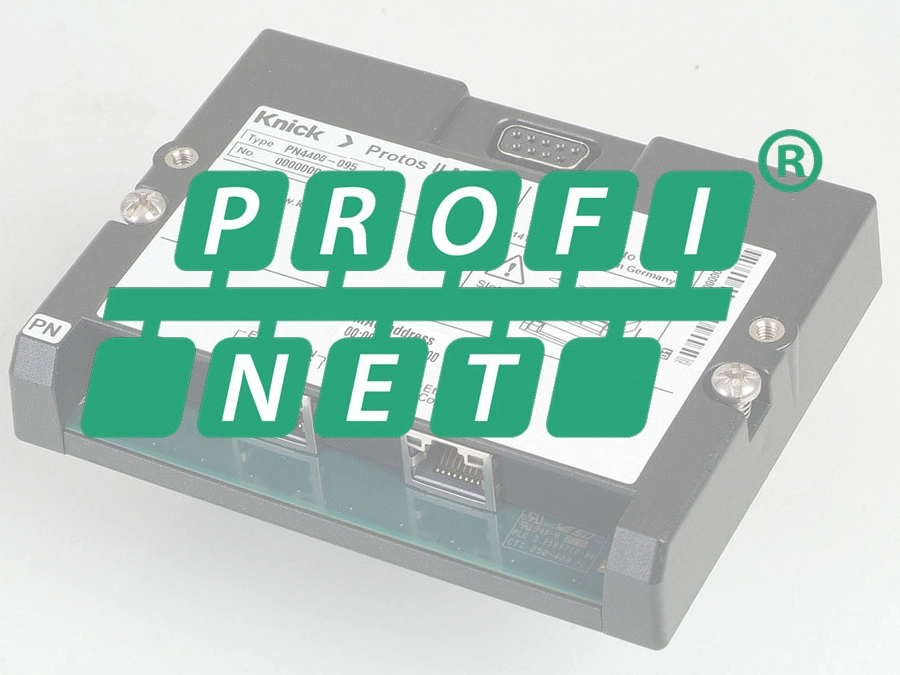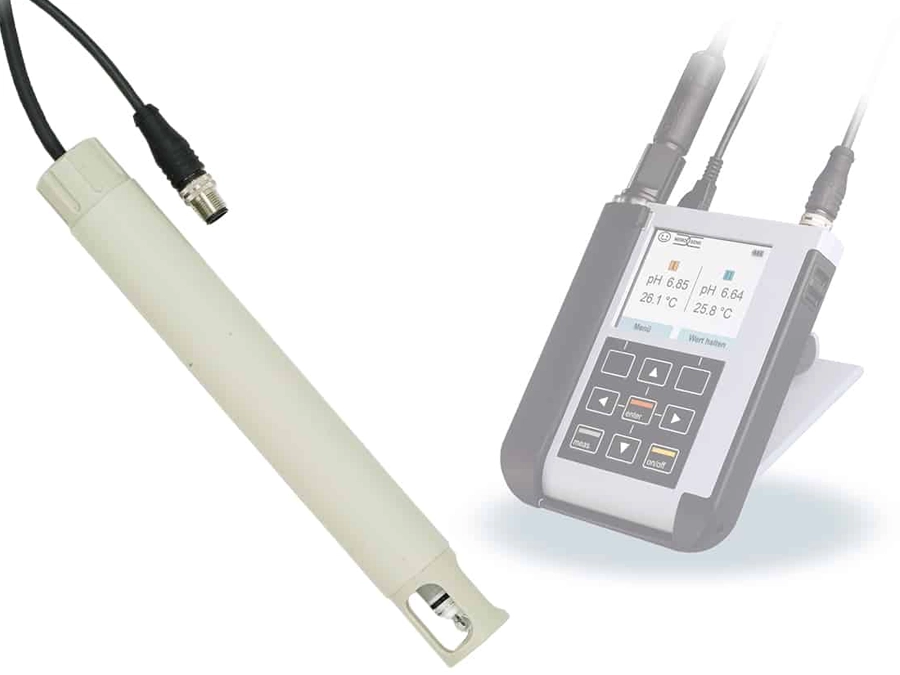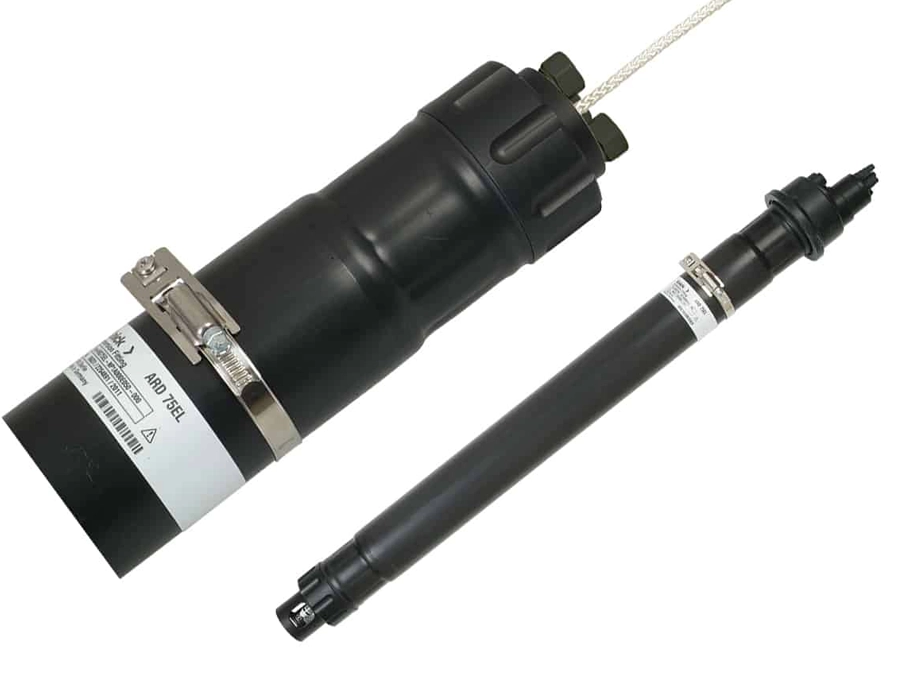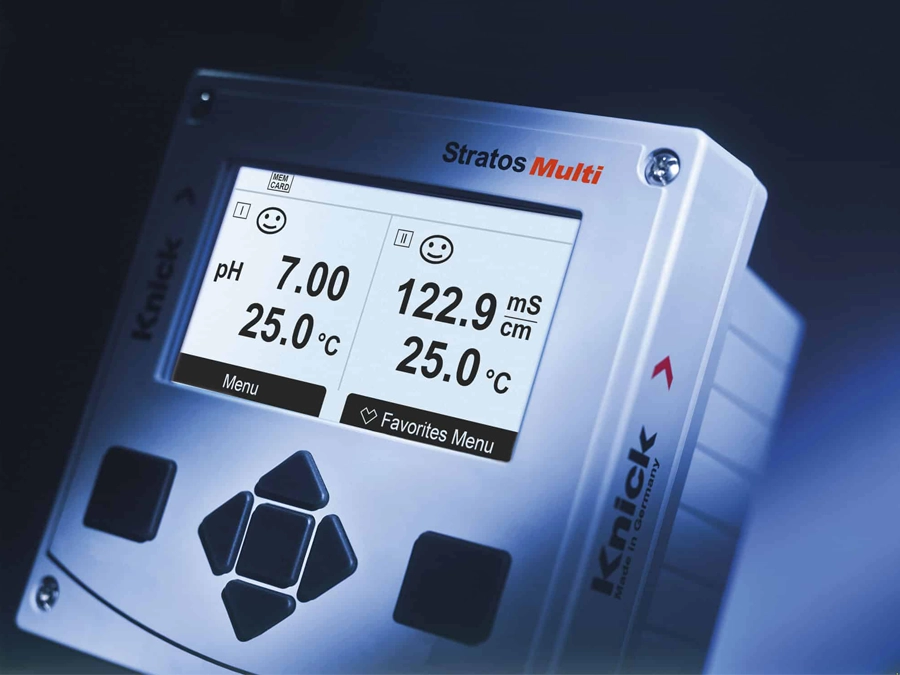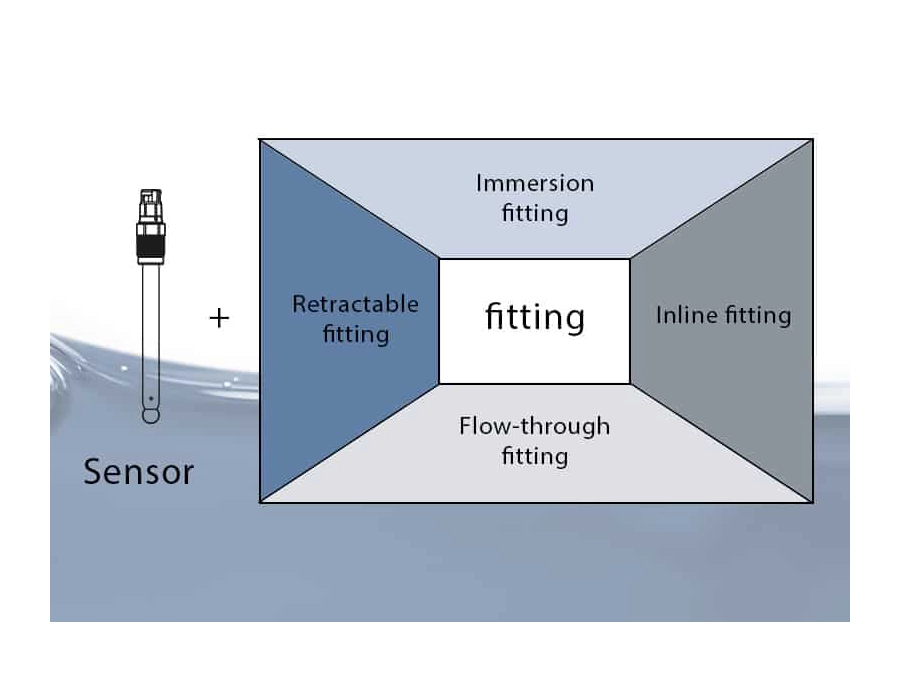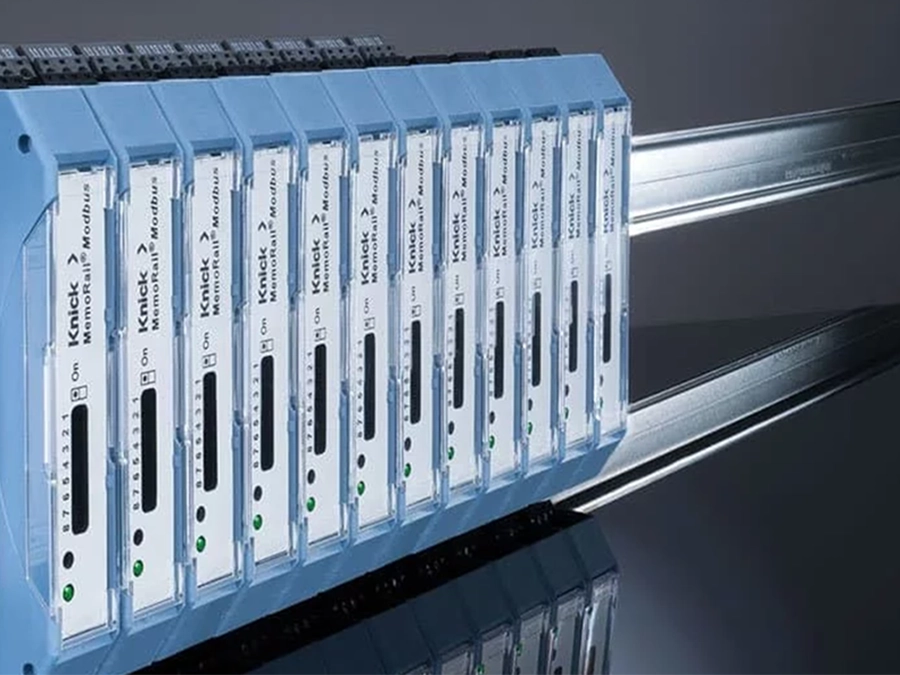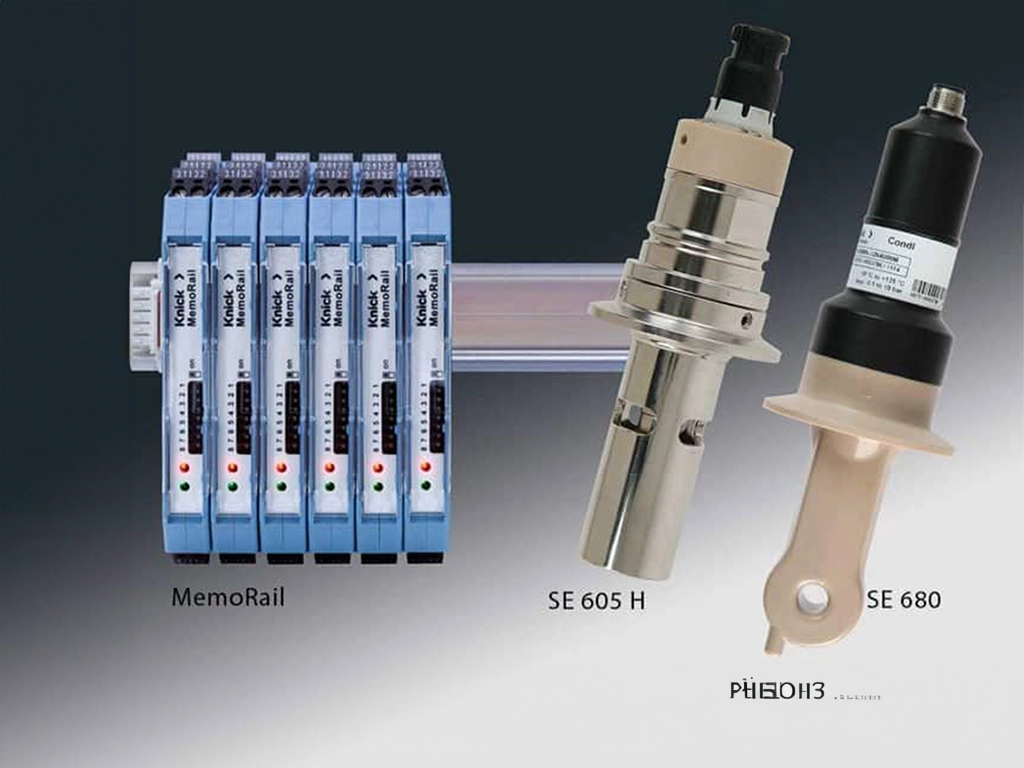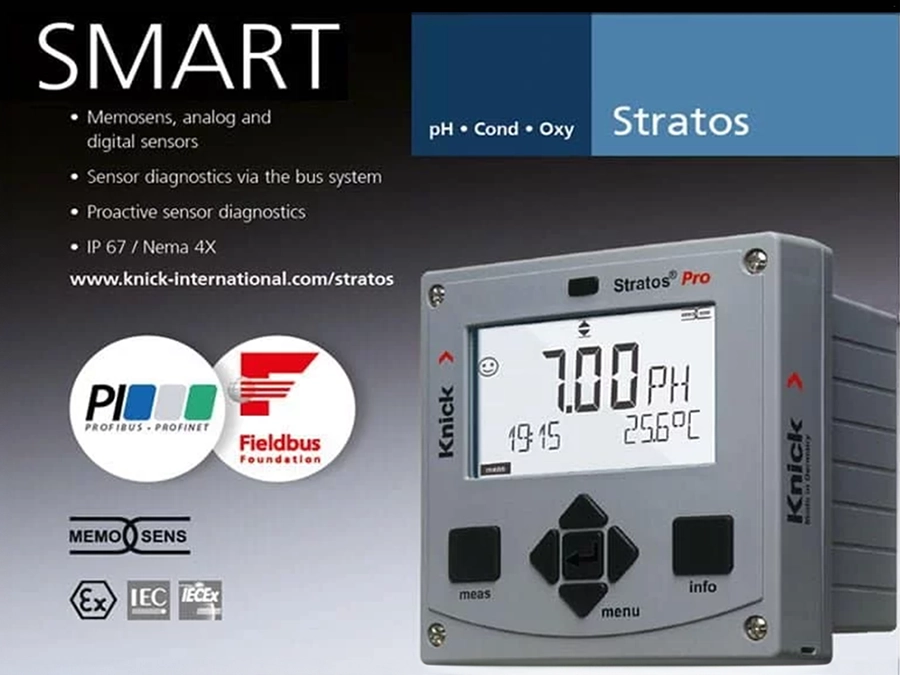프로세스 분석
냉각탑 모니터링
냉각탑은 다양한 산업 분야에서 냉각 회로에서 공정용 열을 방출하는 데 사용됩니다.
광물성 침전물과 부식은 효율성을 낮추고 설비 부품의 조기 마모를 초래합니다. 또한 석회 및 부식성 침전물은 유기 재질 및 생물막에 플랫폼을 제공합니다. 이를 통해 레지오넬라균의 증식 등으로 인해 설비 부품이 오염되고 심각한 건강상의 위험이 발생할 수 있습니다. 예기치 않은 다운타임으로 인해 많은 비용이 발생하는 것을 방지하려면 비용 집약적인 설비를 세심하게 유지·보수해야 합니다.
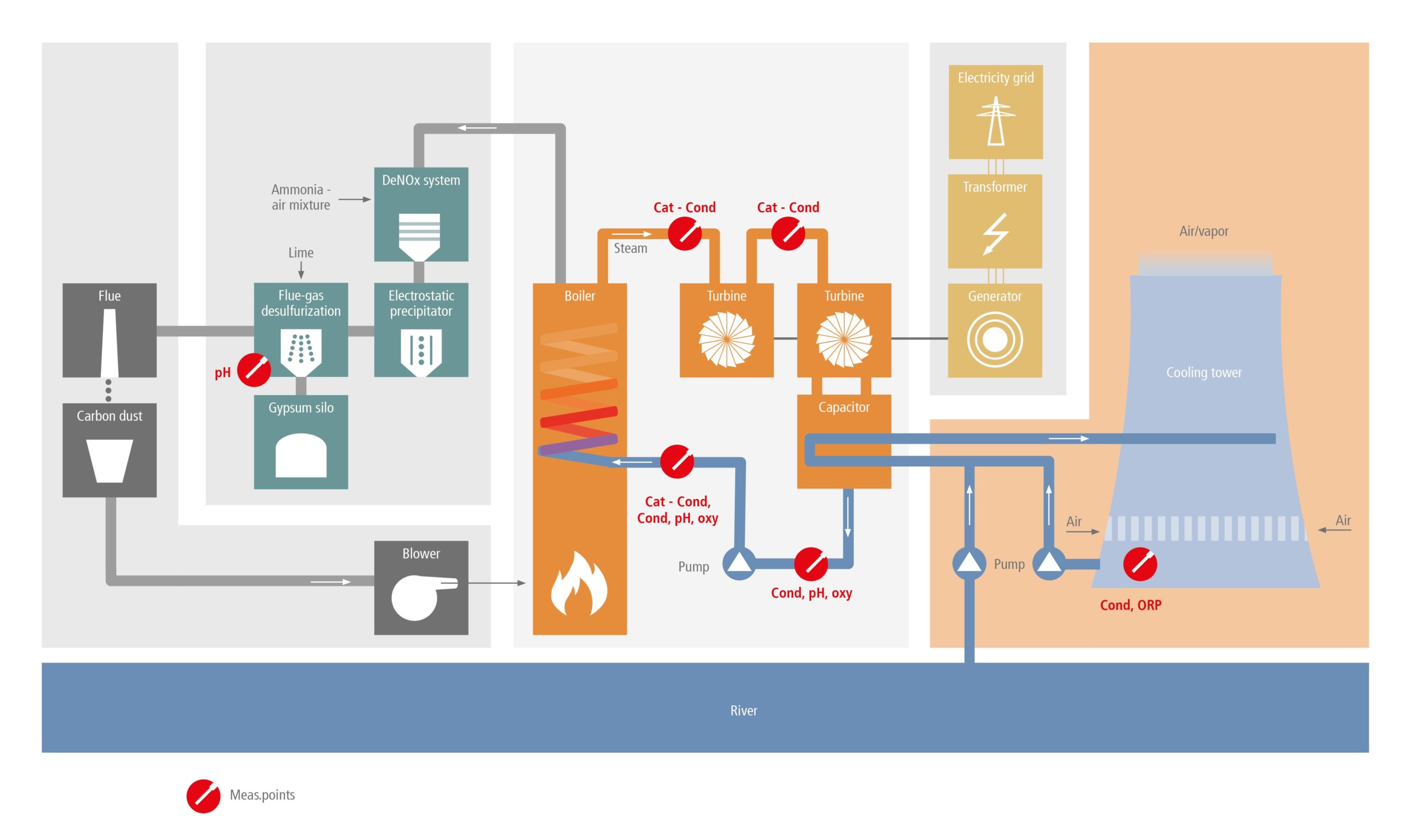
신뢰할 수 있는 분석 측정은 다운타임을 방지합니다.
설비 부품에 광물성 외피 형성을 방지하기 위해서는 황산과 같은 산성 물질을 첨가하여 냉각탑의 물의 pH값을 제어해야 합니다. 이는 냉각수의 염기성 탄산칼슘을 중화하거나 용해하여 열 교환을 방해하고 냉각 시스템의 효율을 저하시키는 석회 축적을 방지합니다. SE555와 같은 Memosens 센서를 사용한 pH 조절 모니터링을 통해 부식 효과가 최소화되며 공정 누출도 조기에 감지할 수 있습니다.
냉각탑의 정량 공급 장치를 통해 제어된 방식으로 공급되는 산화제가 물과 관 표면을 소독합니다. 이 때 수중 산화제(일반적으로 차아염소산나트륨) 농도는 ORP 센서를 사용하여 산화제/ORP 전위를 측정하여 모니터링할 수 있습니다. 이를 바탕으로 완전한 소독에 필요한 산화제의 양을 결정할 수 있습니다. 이러한 용도의 경우 위생적인 공정 및 멸균 용도로 설계된 ORP Memosens 센서SE565가 사용되며, 이 센서는 높은 측정 정밀도와 반복 정확도를 자랑합니다.
소위 보일러 블로우다운의 목적은 광물의 농도가 높아진 냉각수를 배출하여 냉각 시스템의 염분 함량을 낮추고 시스템에 염분 함량이 낮은 물만을 공급하는 것입니다. 따라서 자동 보일러 블로우다운에는 수중 염분 함량에 대한 정보를 제공하는 전도도 측정이 필요합니다.
내부식성 재질로 제조된 Memosens 센서SE630은 최대 20 mS/cm의 일반 전도도를 매우 정확하게 측정하는 데 사용됩니다. 센서의 견고한 구조는 압력과 온도 범위가 높은 경우에도 긴 수명을 보장합니다.
기존 아날로그 센서의 연결은 일반적으로 방수되지 않으므로 냉각탑과 같이 습한 환경에서 사용하기에는 어렵습니다. 따라서 아날로그 제품의 제조사는 센서의 연결 케이블을 밀폐하여 주조합니다. 그 결과 사용자는 센서 교체 시 트랜스미터에서 케이블을 빼내야 합니다.
Memosens센서의 경우 비접촉식으로 습기의 영향을 전혀 받지 않고 측정값을 전송하므로 이러한 불편함이 없습니다. 센서 연결부가 센서와 케이블 간에 데이터를 유도식으로 전달하므로 물 속에서도 센서를 연결할 수 있습니다.
Memosens 기술을 사용하면 실험실의 이상적인 조건에서 센서를 사전 교정하고 숙련되지 않은 인력이 현장에서 센서를 교체할 수 있습니다. Memosens 연결용 부품은 pH/ORP, 용존 산소 및 일반 전도도 센서용으로 제공됩니다. 트랜스미터로는 Stratos 제품군의 공정 분석 기기가 권장됩니다.
투자 수익
- Memosens 기술을 사용하여 측정 포인트 유지·보수 시 필요한 시간과 비용을 절감해보시기 바랍니다. Memosens 센서SE555, SE565 및 SE630와 Stratos 제품군의 트랜스미터를 사용하면 교정과 센서 교체가 필요한 빈도가 줄어들어 필요한 보유 센서의 수량이 크게 줄어듭니다. 동시에 유지·보수가 간소화되어 인건비도 절감할 수 있습니다.
- 냉각 회로 내의 화학적 절차의 자동화된 모니터링과 제어는 비용이 많이 드는 부식성 손상을 줄일 뿐만 아니라 유지·보수에 필요한 물과 화학 물질의 양도 줄입니다. 이를 통해 전체 설비의 수명이 증가합니다.





